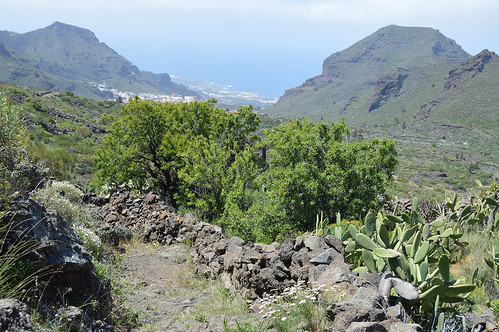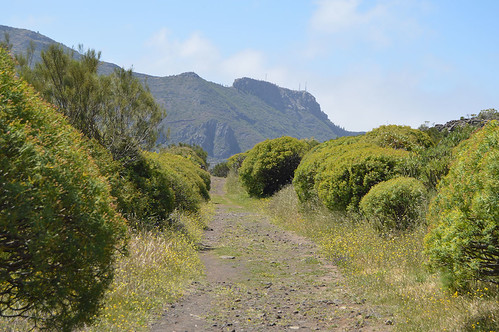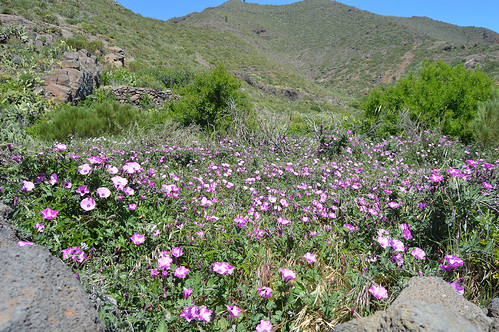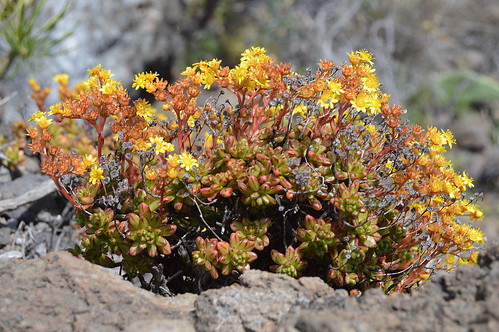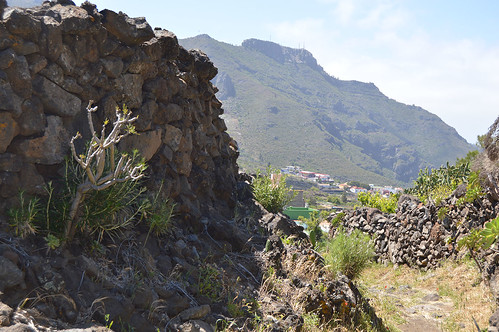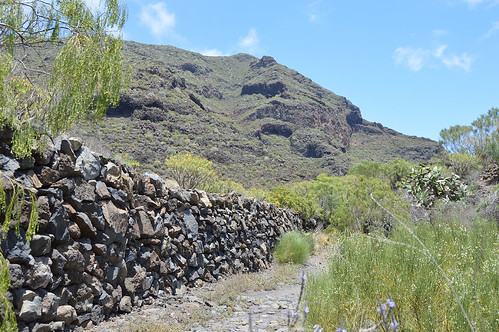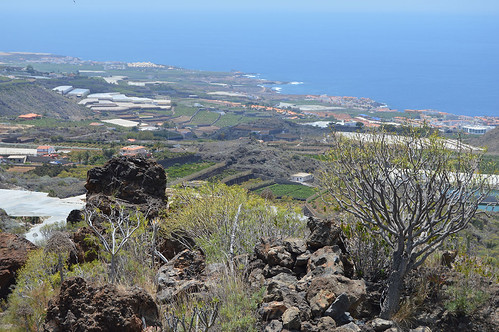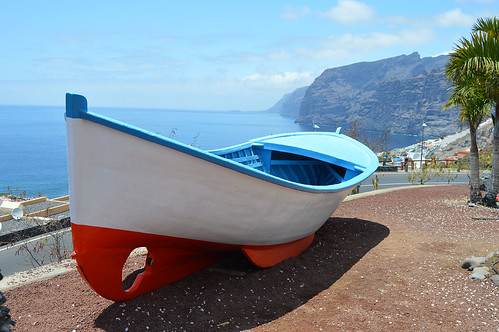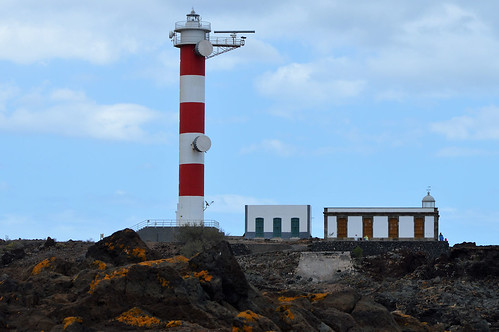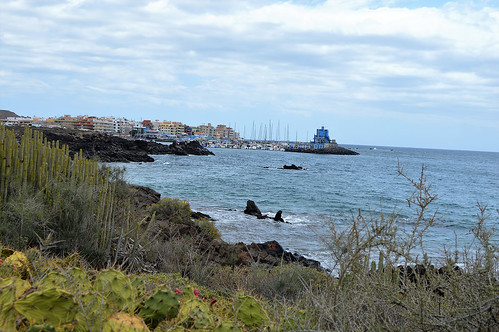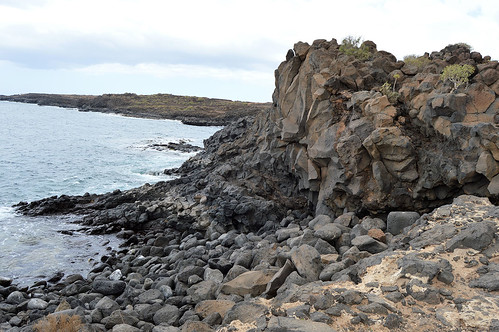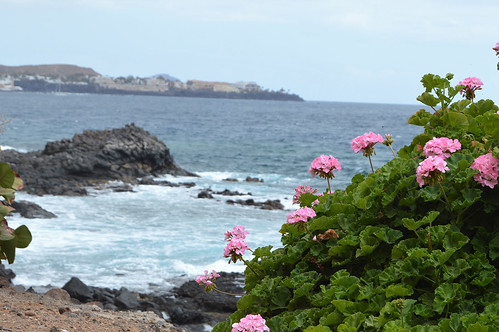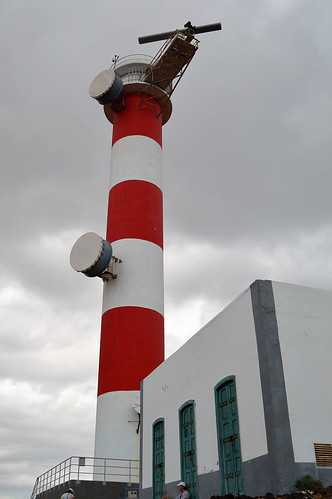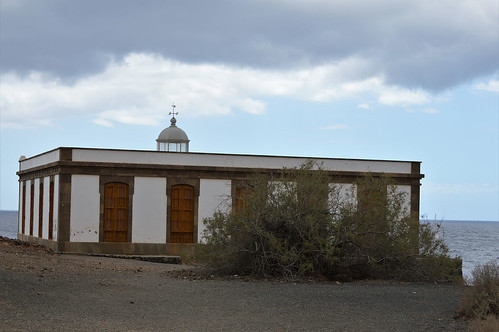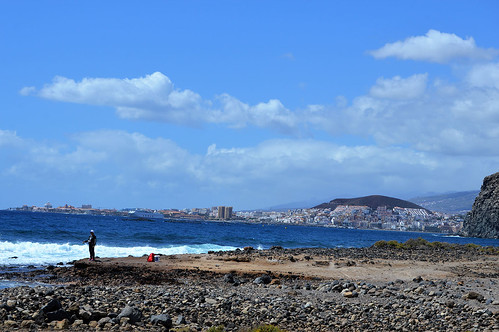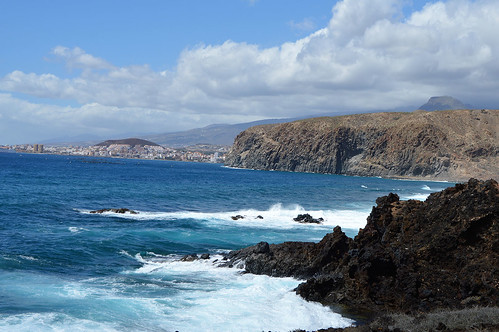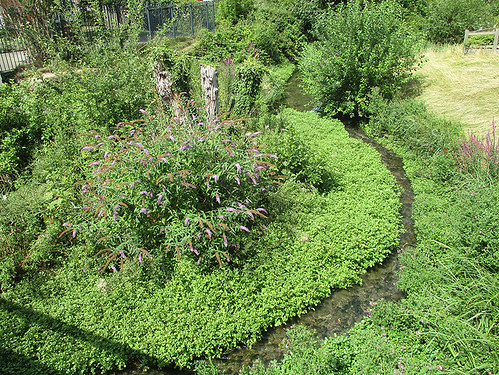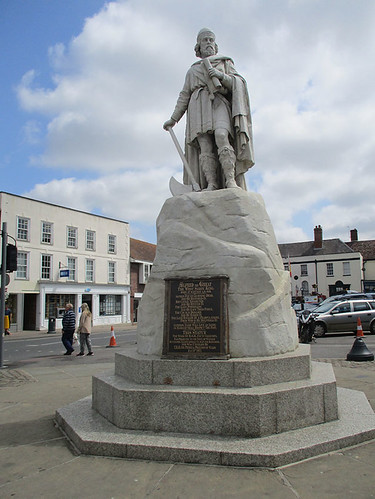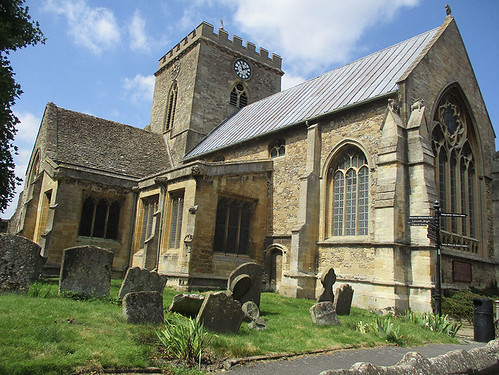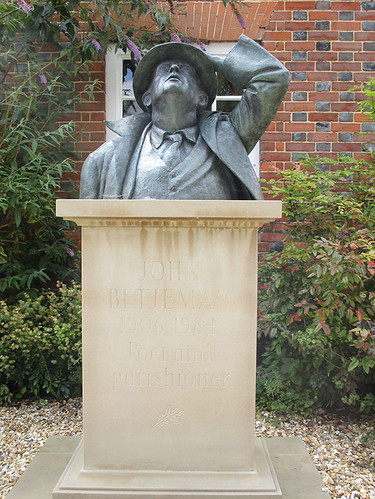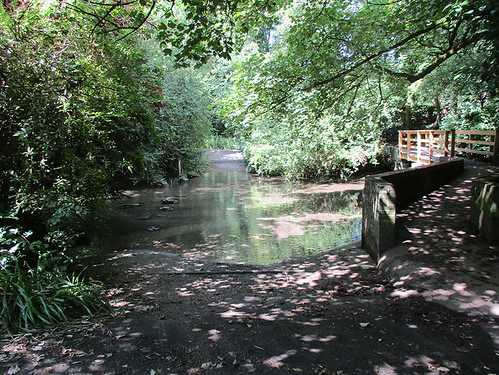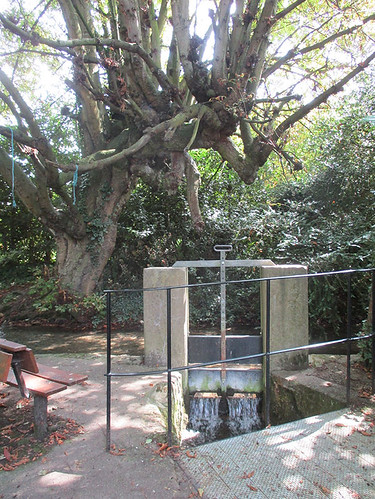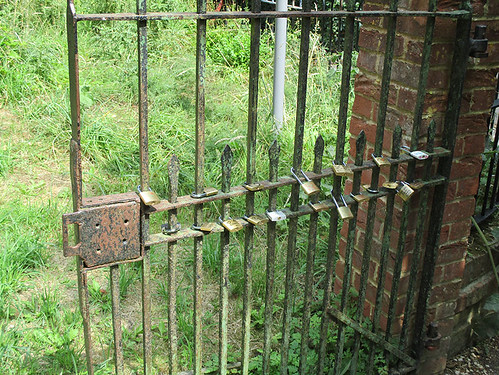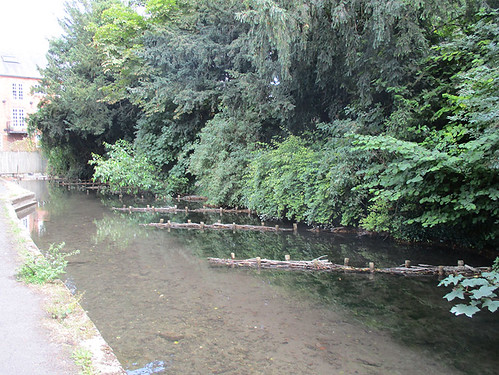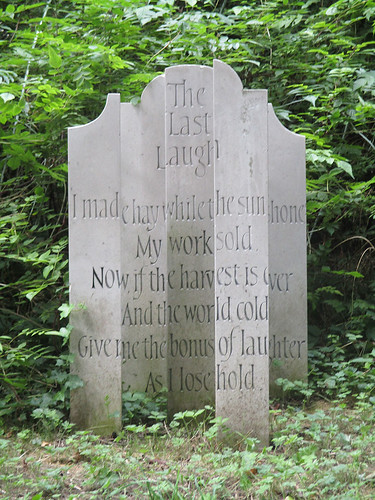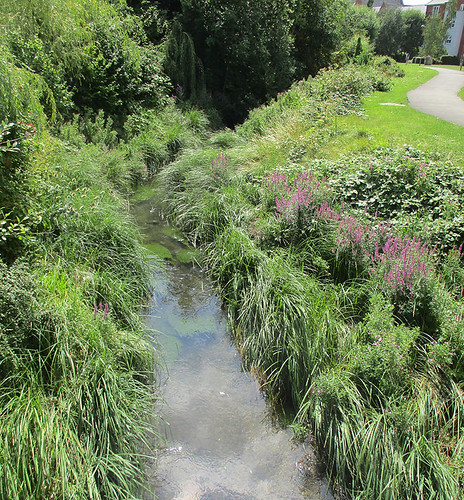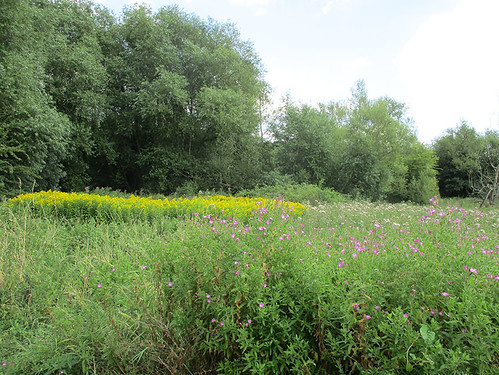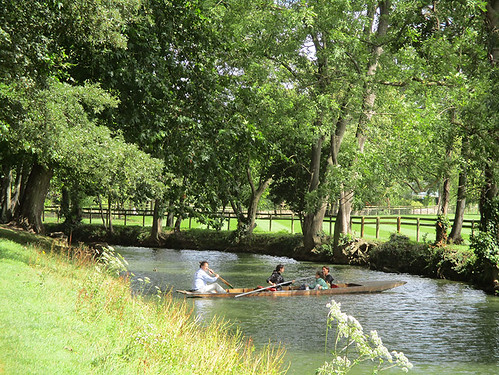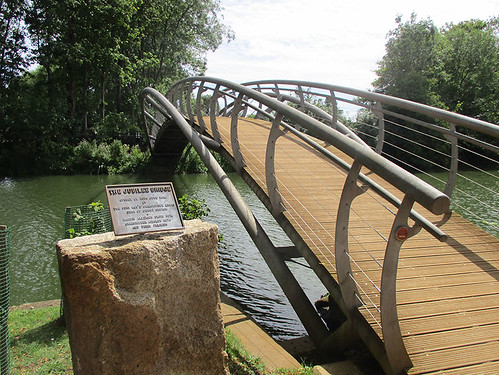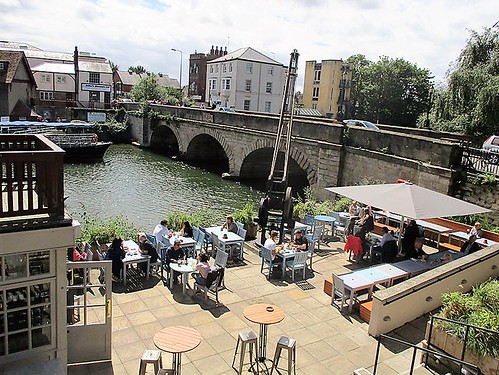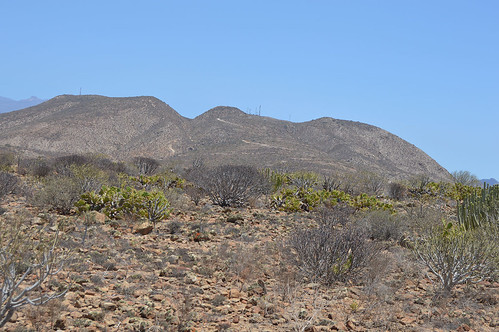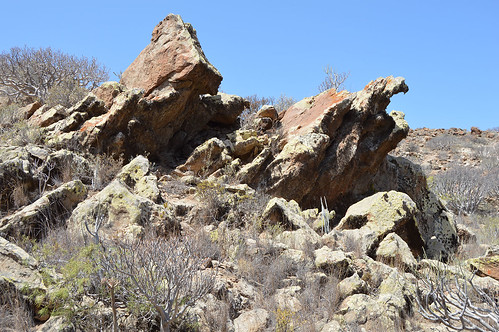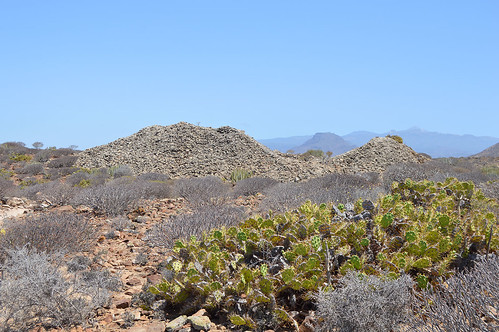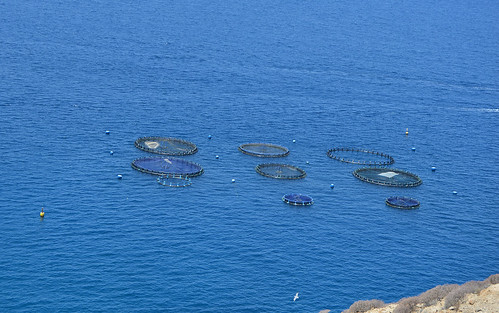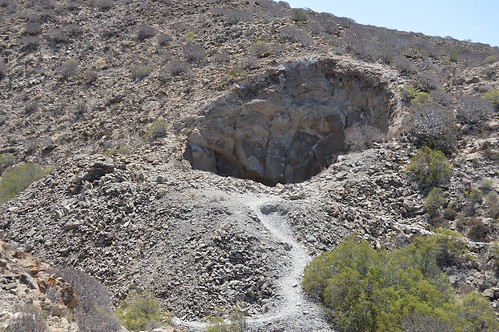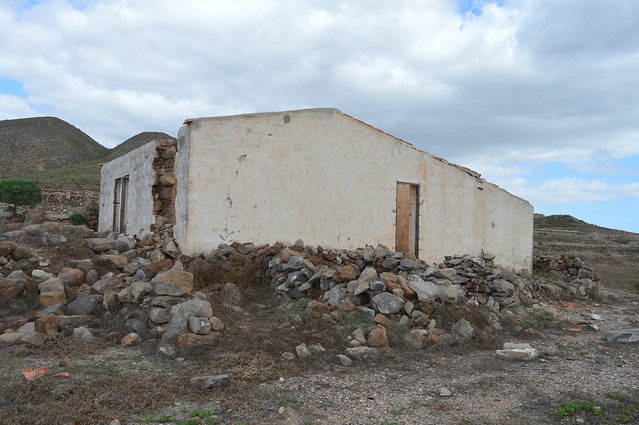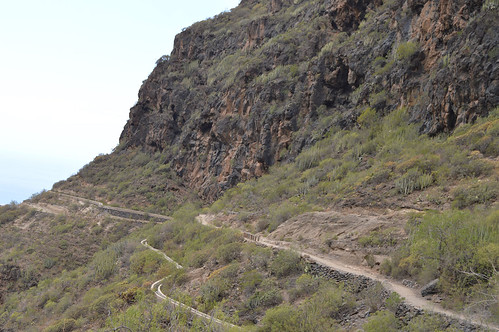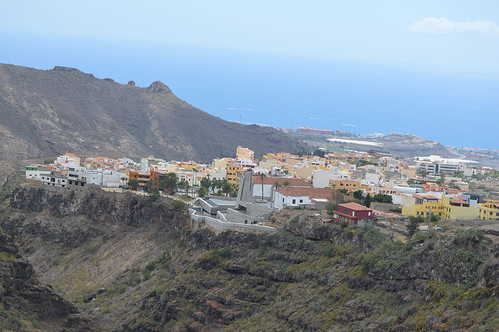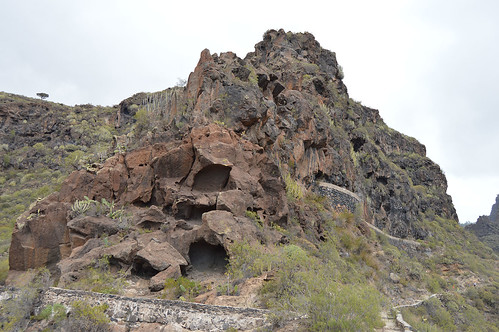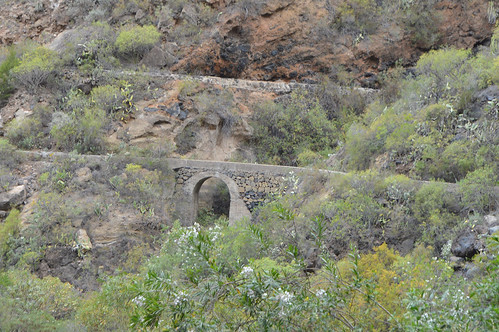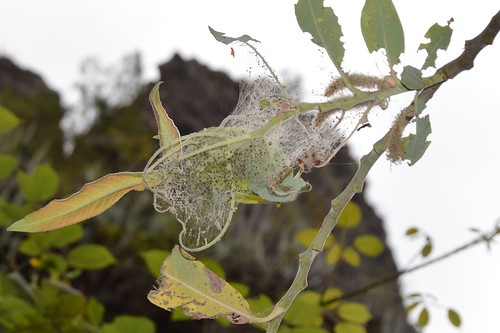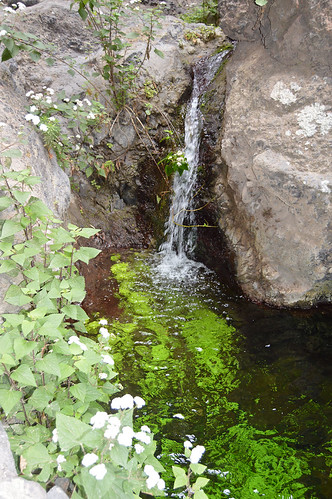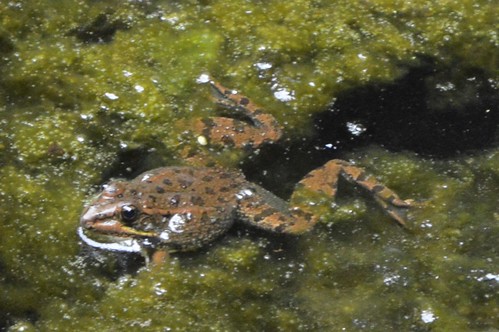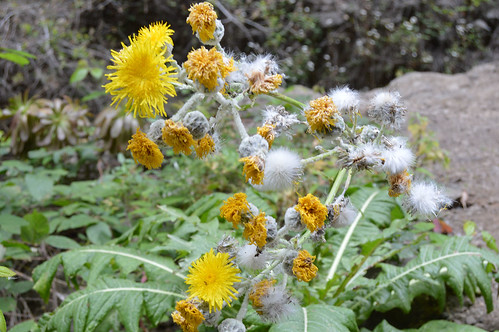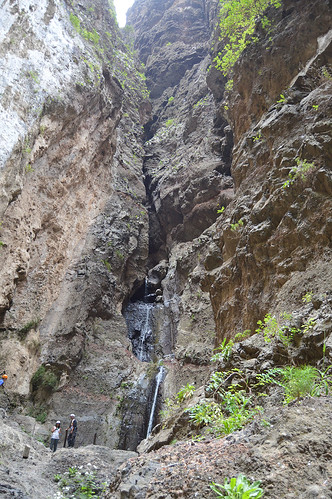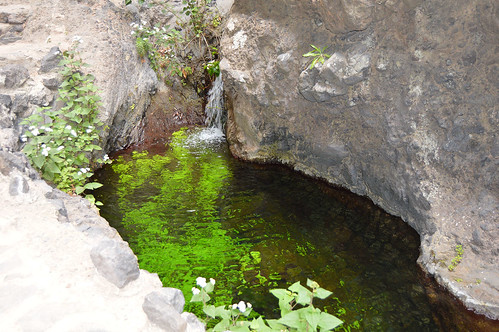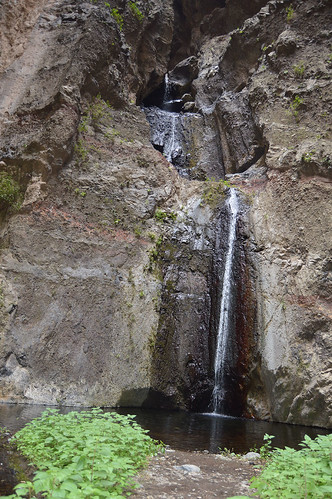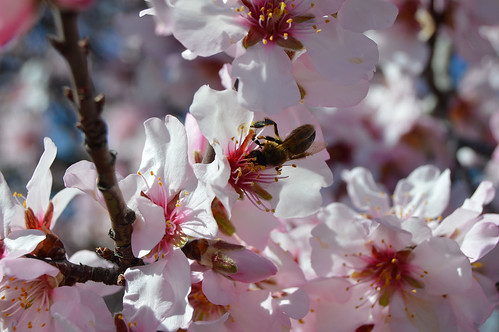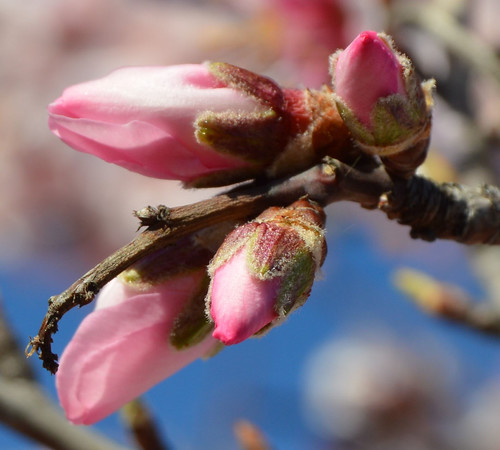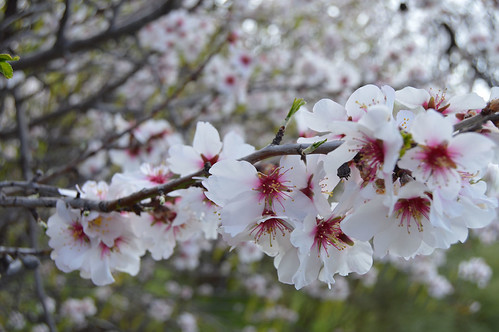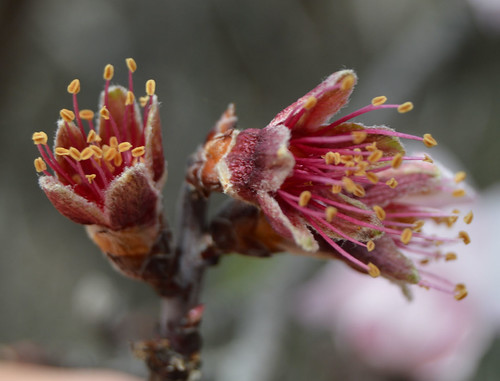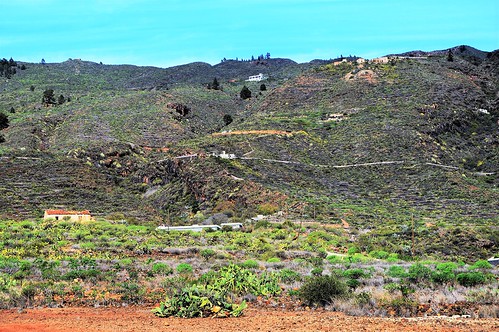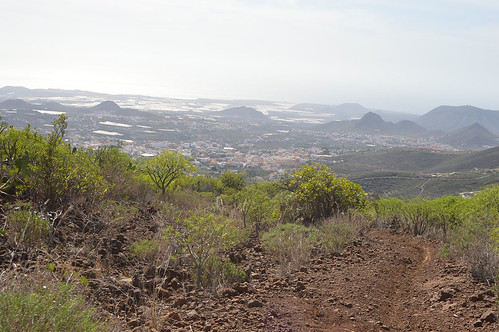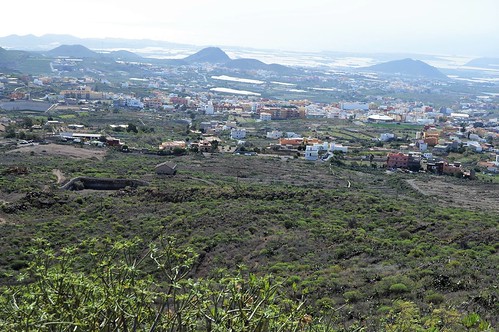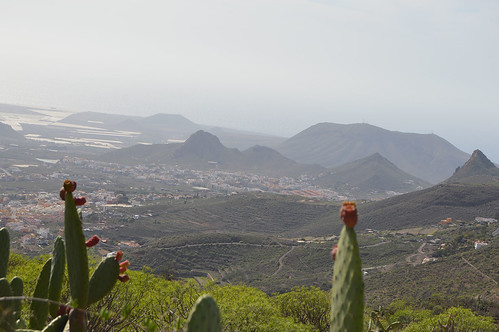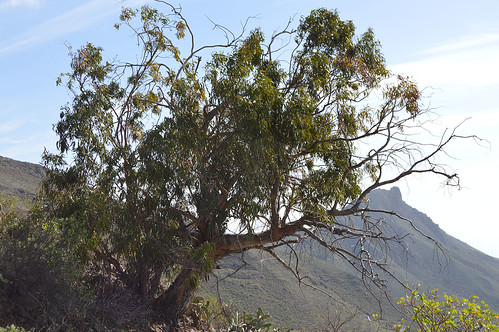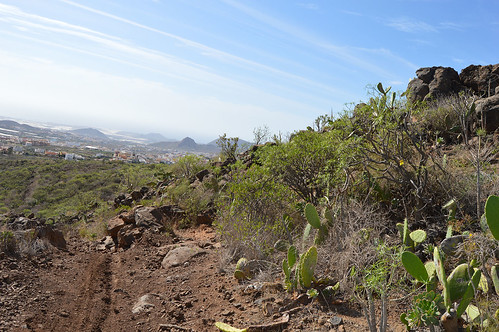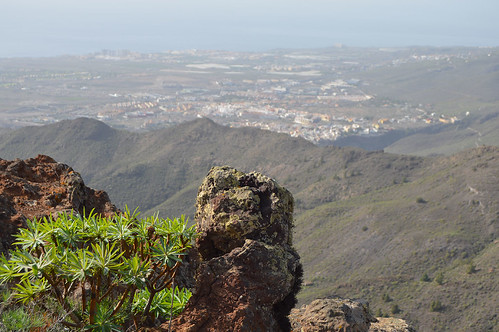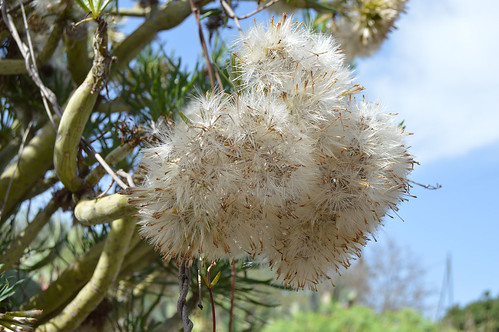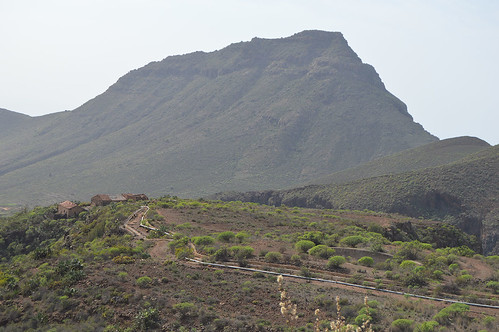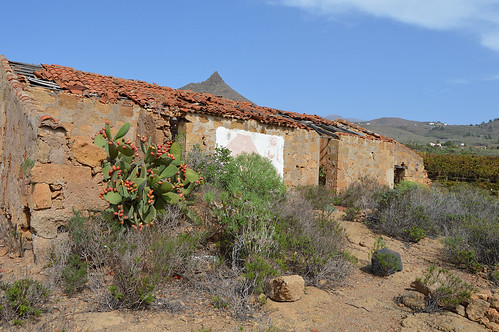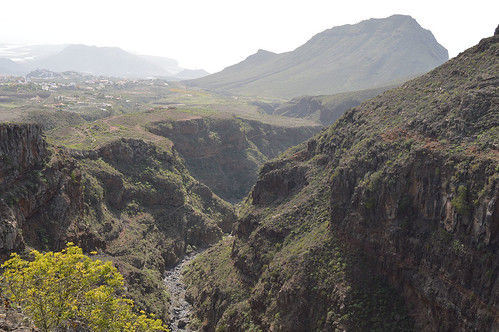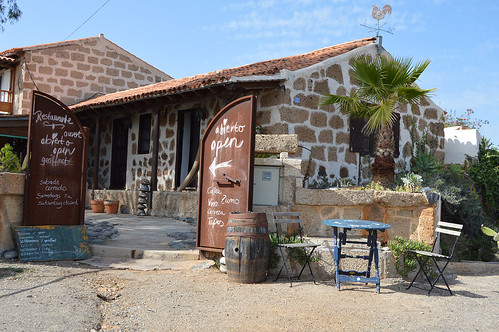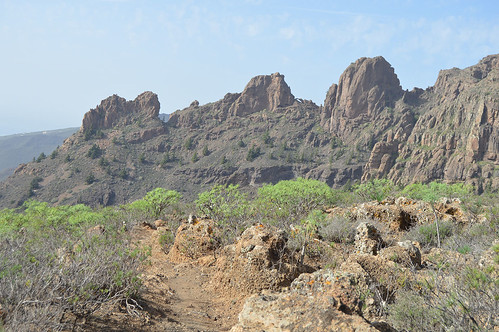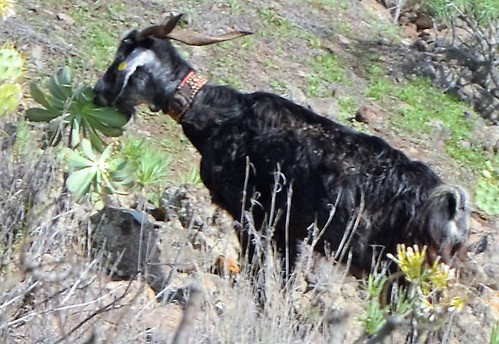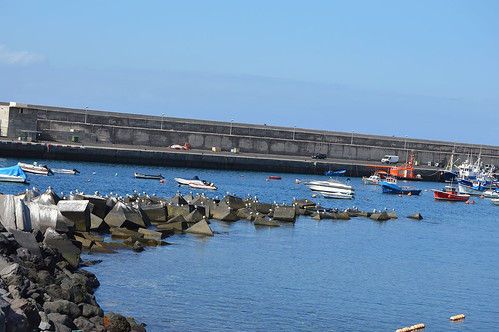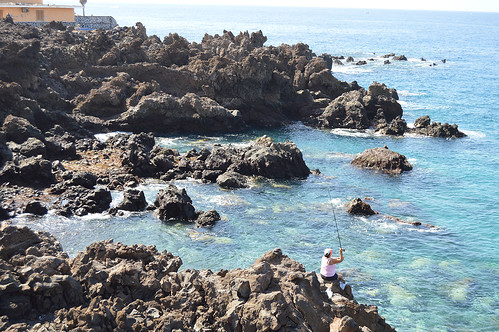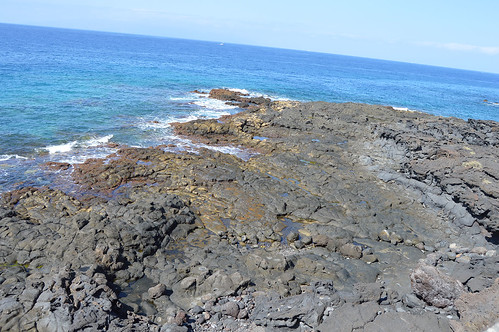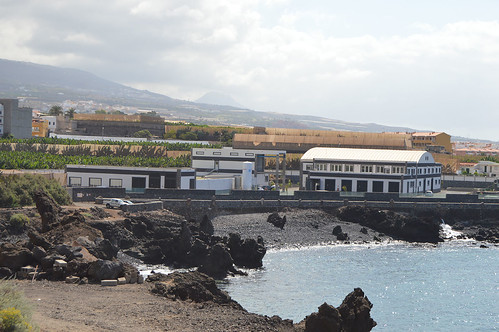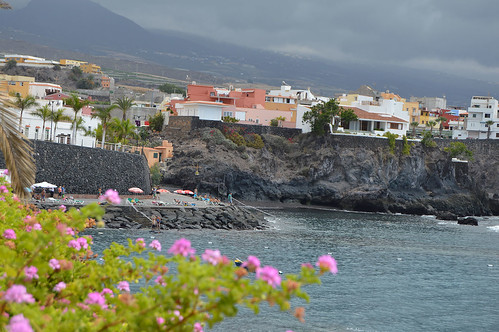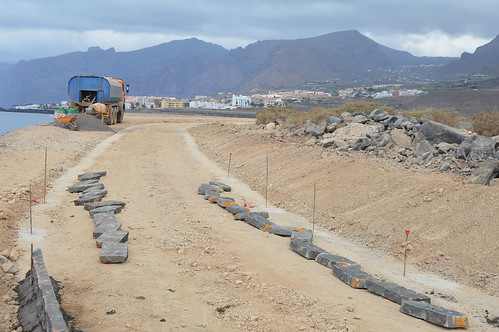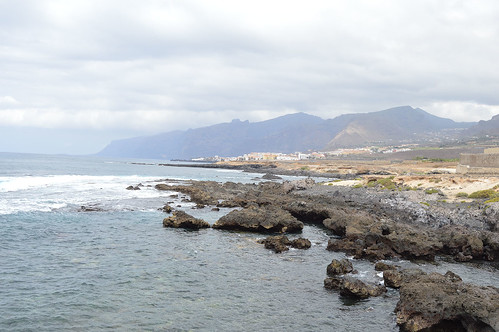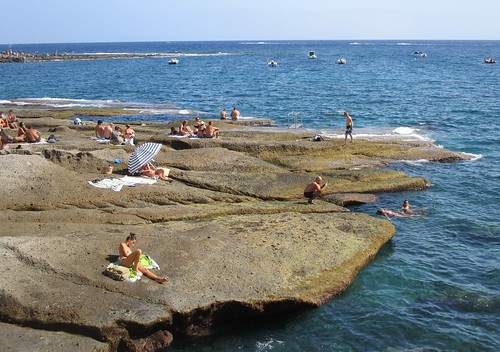
Even a day of rest is just calling out for a walk when the weather is as hot and nice as it is in Tenerife. So armed with a new Ten Mas bus ticket I headed off to La Caleta in Adeje. Half hour later the sea was glistening and families were spreading out on the cracked rock slabs that stretch into the sea like broken shortbread. The old fishing village has retained its charm despite the luxury hotels that are bearing down on it, there’s even a huge portrait homage to an old fisherman, on the side of an ancient dwelling.
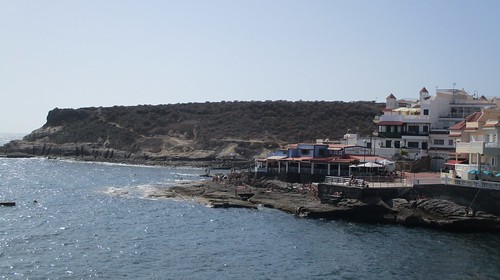
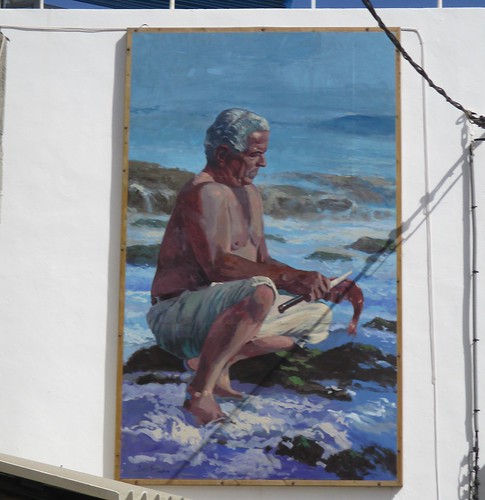

Fish restaurants hug the side of the narrow walkway that winds around the corner to the long promenade. On many previous visits I had taken time out to watch body boarding from the point, out to the big waves that roll in. The tide was fairly low on this trip, revealing rock pools among the large expanse of interlocking, eroded rocks. The wind was light, confirmed by a local weather vane, giving just a hint of contrast to the scorching sun. The dark sand beach of La Enramada spread out up ahead, enticing swimmers into the cooling sea, as families enjoyed picnics among the shingle at the rear of the beach. Paragliders swirled overhead, their pilots precision at landing between groups of sun worshippers was something to admire.
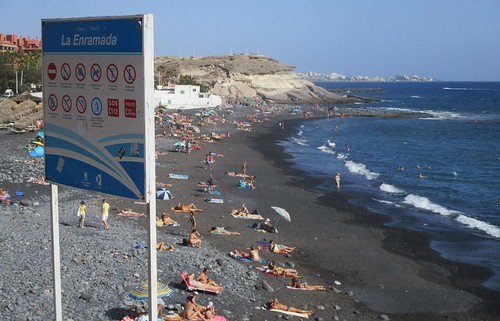
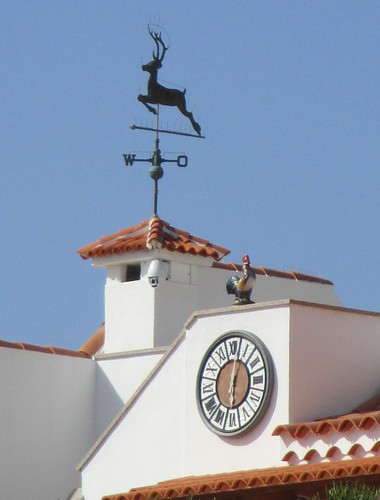
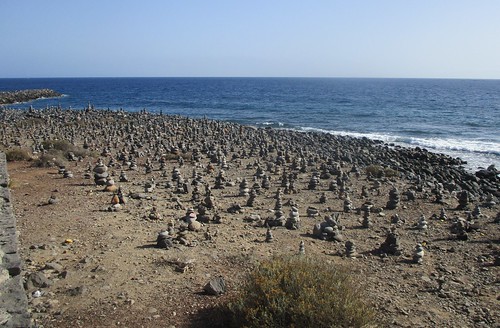
Pushing on past the delicately stacked piles of pebbles, led to the narrower stretch of shingle backed beach in front of the four and five star hotels. The promenade is smooth and level there, no wonder so many families were wheeling cots and prams, best to start the next generation of tourists young, they will keep coming back with so many attractions on the horizon. Smaller, steep sided bays marked the transition to Playa Fañabe and Playa Torviscas with their tiered promenade packed with shops, bars, and restaurants. Torviscas was a good place for a swim, evening was creeping in but the water was a perfect temperature.
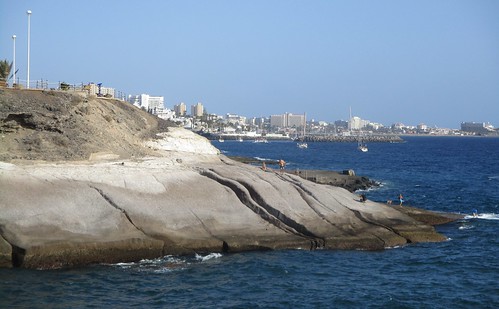
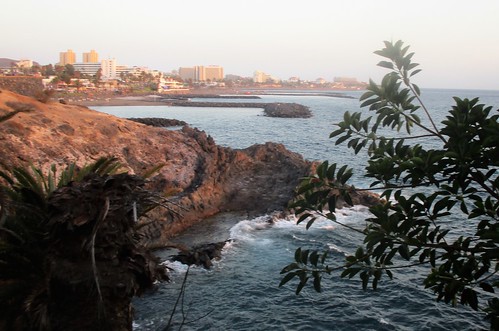
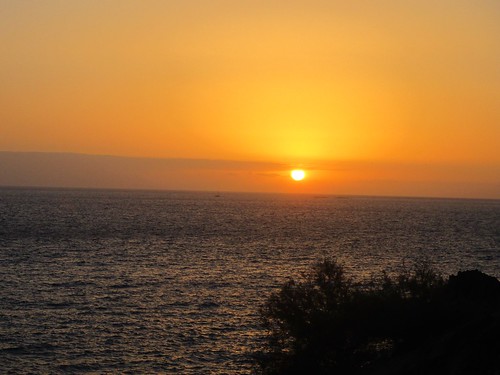
Passing through Puerto Colon and into Playa de Las Americas, sun bathers were swapping sea costumes and shades for light informal evening gear as they watched the sun taking a slow, downward arc, a perfect backdrop to their meals. By the time I approached Los Cristianos, the sunset was stunning, my legs were gently reminding me of the three hours of walking, and I had a thirst for a beer or two. Yep, there´s nothing better than a Sunday stroll – and a few Doradas topped the afternoon off nicely.
